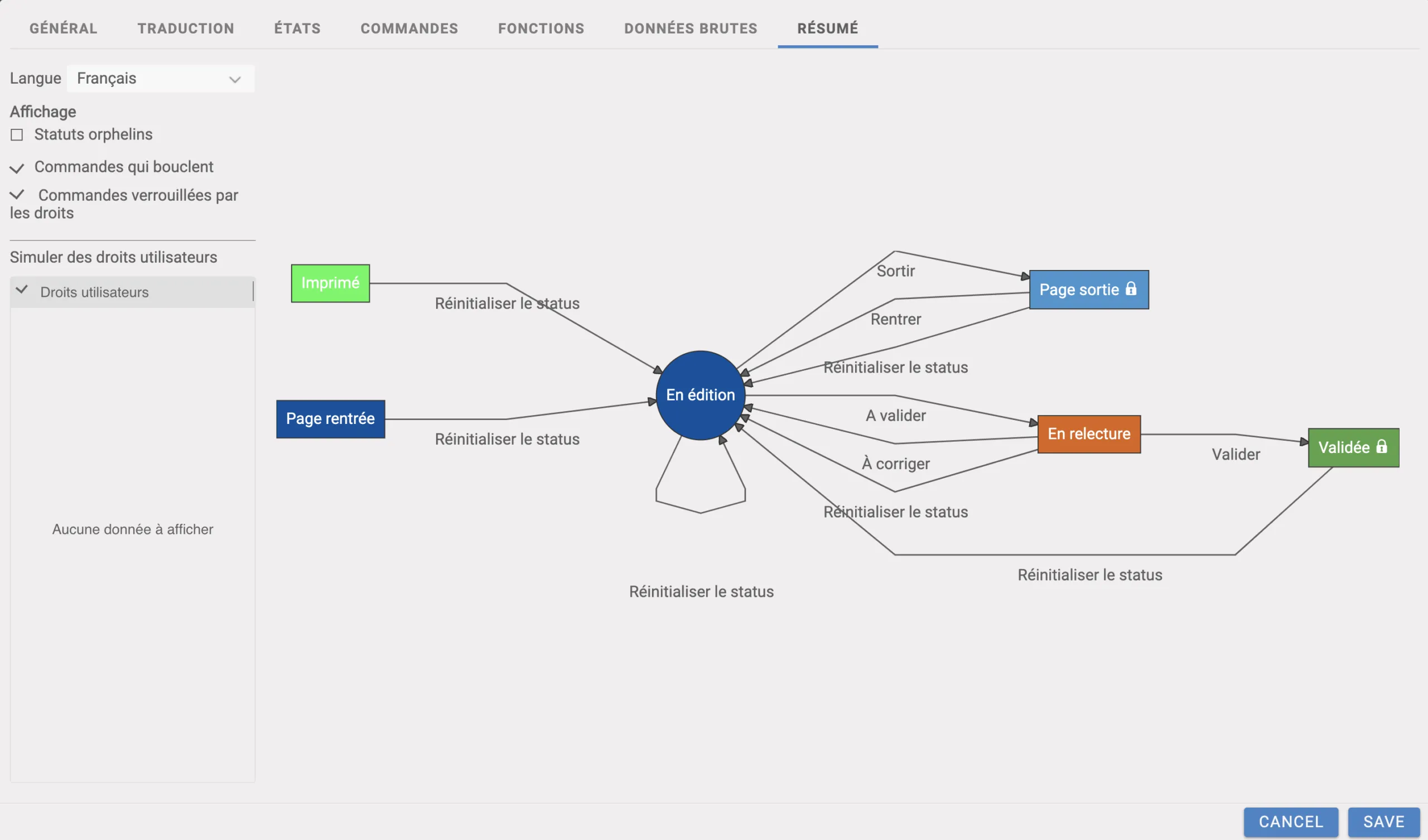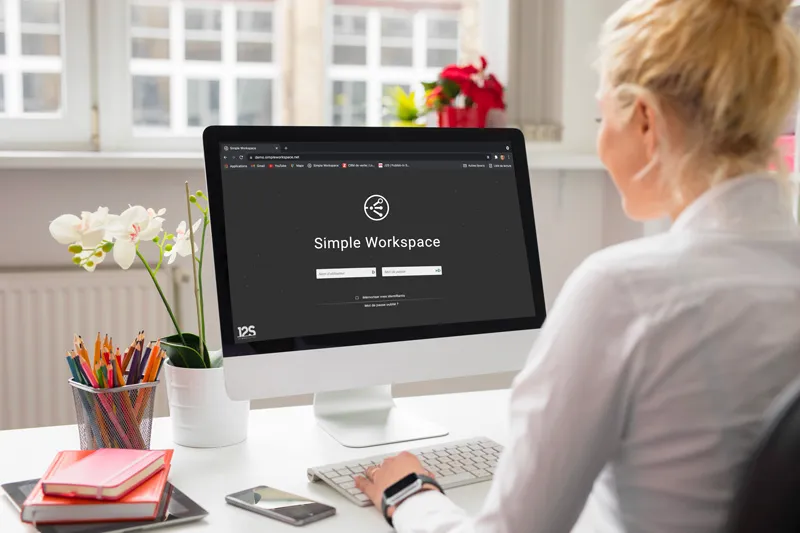Workflow is a term that covers many different concepts and implementations, so it’s not always clear what exactly we’re talking about when we use the word – even if the general meaning is clear.
In this article, we will illustrate what workflows bring to Simple Workspace users and why they are at the heart of the solution.
When it comes to data shared between businesses and organizations via the web, adapted workflow(s) quickly becomes essential to orchestrate and secure the flows.
What do we mean by adapted workflow, at least in the context of Simple Workspace?
We identify three expectations from the users’ point of view
First, interfaces that help each user to understand the current workflows in a category: for example, the status of pages in a Flatplan, products waiting for an image, etc.
Then, actions that they can take or that have been entrusted to them in order to progress the flow within their scope: for example, perform a translation, validate a product presentation, finalize a page, etc.
And finally, a summary tool to see at a glance where the various projects to which they contribute to what is overdue, to be done, to come.
Workflows and rights: a dynamic interaction
Rights management is omnipresent and is not only about restricting access to data. It is also one of the keys to making interfaces obvious and simple.
To begin with, Simple Workspace only presents each user with the authorized applications within each project, and of course, only presents the accessible projects. For example, a user who does not have the right to administer users or to set up a workflow will not see these applications or options.
We then really get to the heart of the workflows, which will interact according to the nature of the objects and actions they support.
Typically, a page that is “in review” cannot be modified by a layout artist until the reviewer has sent it back “in correction” after annotating it, or decided that it is “validated”, which makes it unmodifiable. In addition, the “in review, in correction” cycle can be repeated several times. The workflows take into account these round trips and their consequences, in particular the archiving of notes at each cycle to avoid making the pages… unreadable! And only users with the right to reset the status of a page will be able to put it back in the loop.
Another example: the “validated” option of a product sheet can only be activated when the sheet has received all the images defined as required. Or, a form in German can only be activated once it has been translated.
As you can see, actions are not just a simple change of state, but translate business flows, whether they are simple or complex.
Configurable workflows?
With Simple Workspace, these interactions are configured: this is the role of workflows.
This setup is not minor: it conditions the flows adapted to the business objects and organizations. In return, it offers incredible flexibility to adapt to needs via user groups and roles.
To avoid starting from scratch with each implementation, Simple Workspace offers workflow models based on our experience in a wide variety of situations: management of Flatplan with multiple validations, the inclusion of a Flatplan in another Flatplan, page translations, sheet translations, modifications to product flows that have already been laid out, production of printer PDFs, etc.
In addition, some companies need different workflows for different projects: tracking pages in a fully automated catalog is different from tracking pages in a more manual creative catalog, which itself has nothing to do with producing posters for point of sale signage, etc.
This is why Simple Workspace allows you to associate different workflows to each project.
Here is an example of a workflow in Simple Workspace.

What about alerts?
Workflows imply alerts. Simple Workspace enables you to send an email when items change status (but you don’t have to send an email for each update!). We are in the world of the web: the mails contain links that allow access directly to the concerned object by a simple click.
In the same way, the interface of each user proposes fast access to the “dashboard”: the summary of its “todolist”.
There is so much more to say about workflows! I hope this short article has shown you their importance for successful projects and convinced you of their central role in Simple Workspace.
Would you like to know more, or would you like a live demonstration? Contact us : we’ll be glad to answer your questions.
D. Lantier
Business Developer










